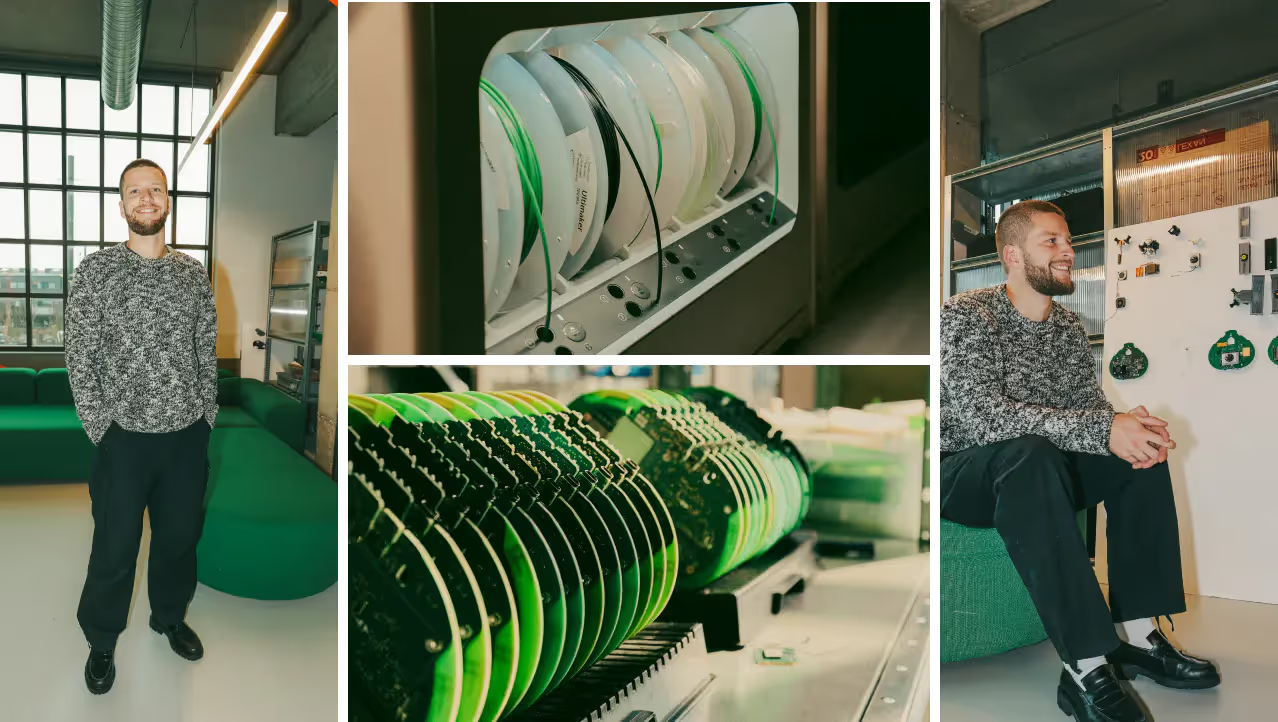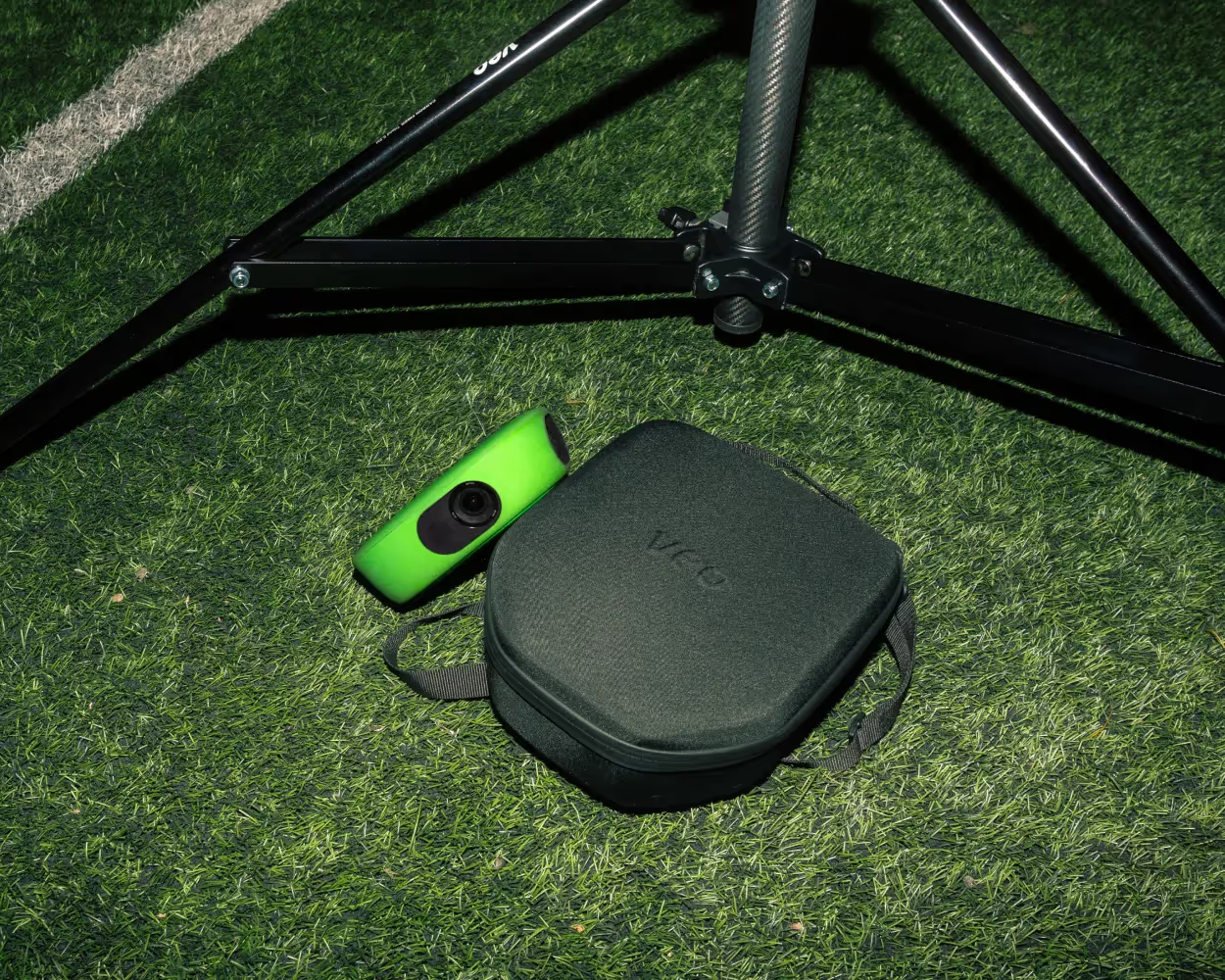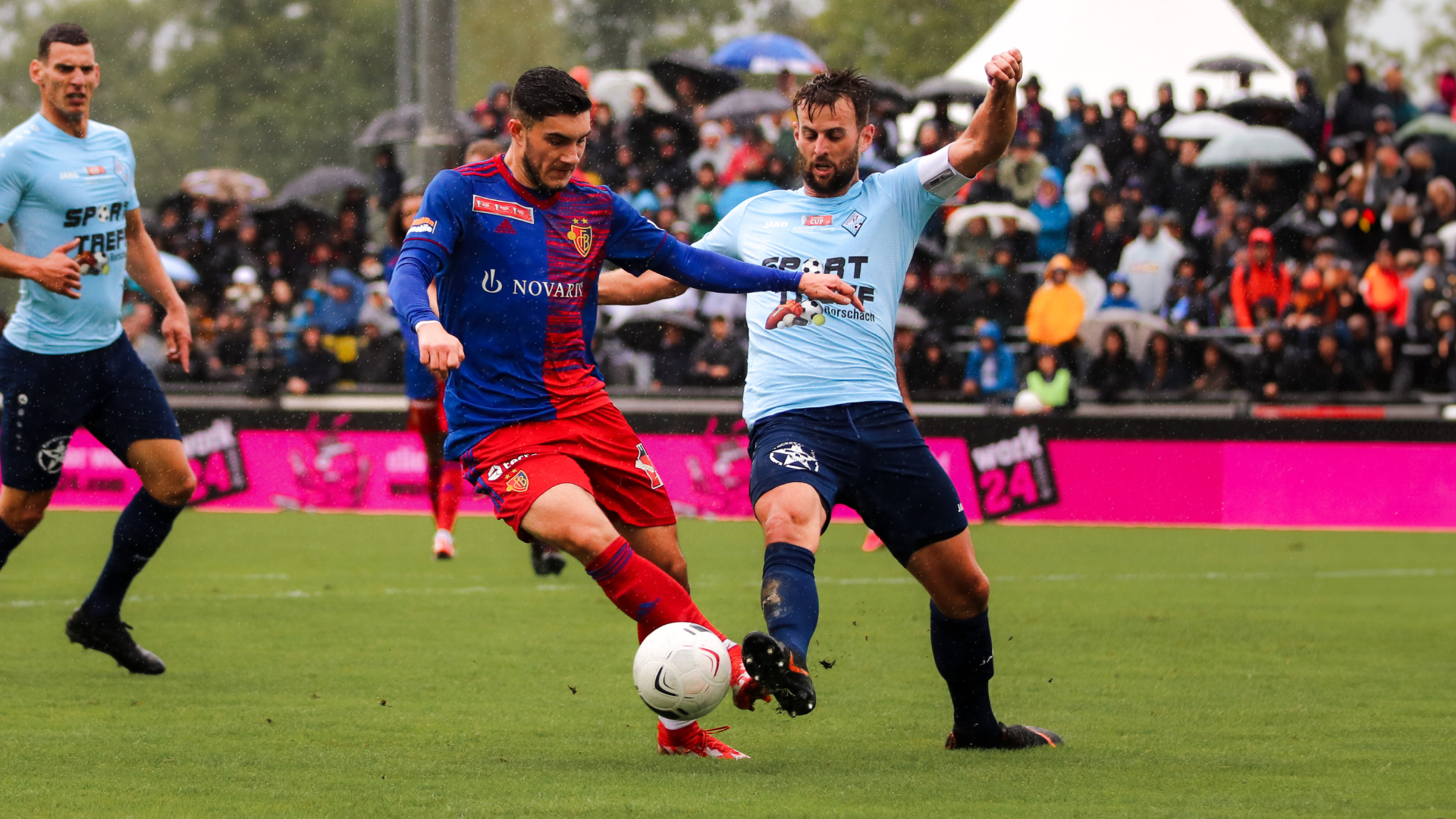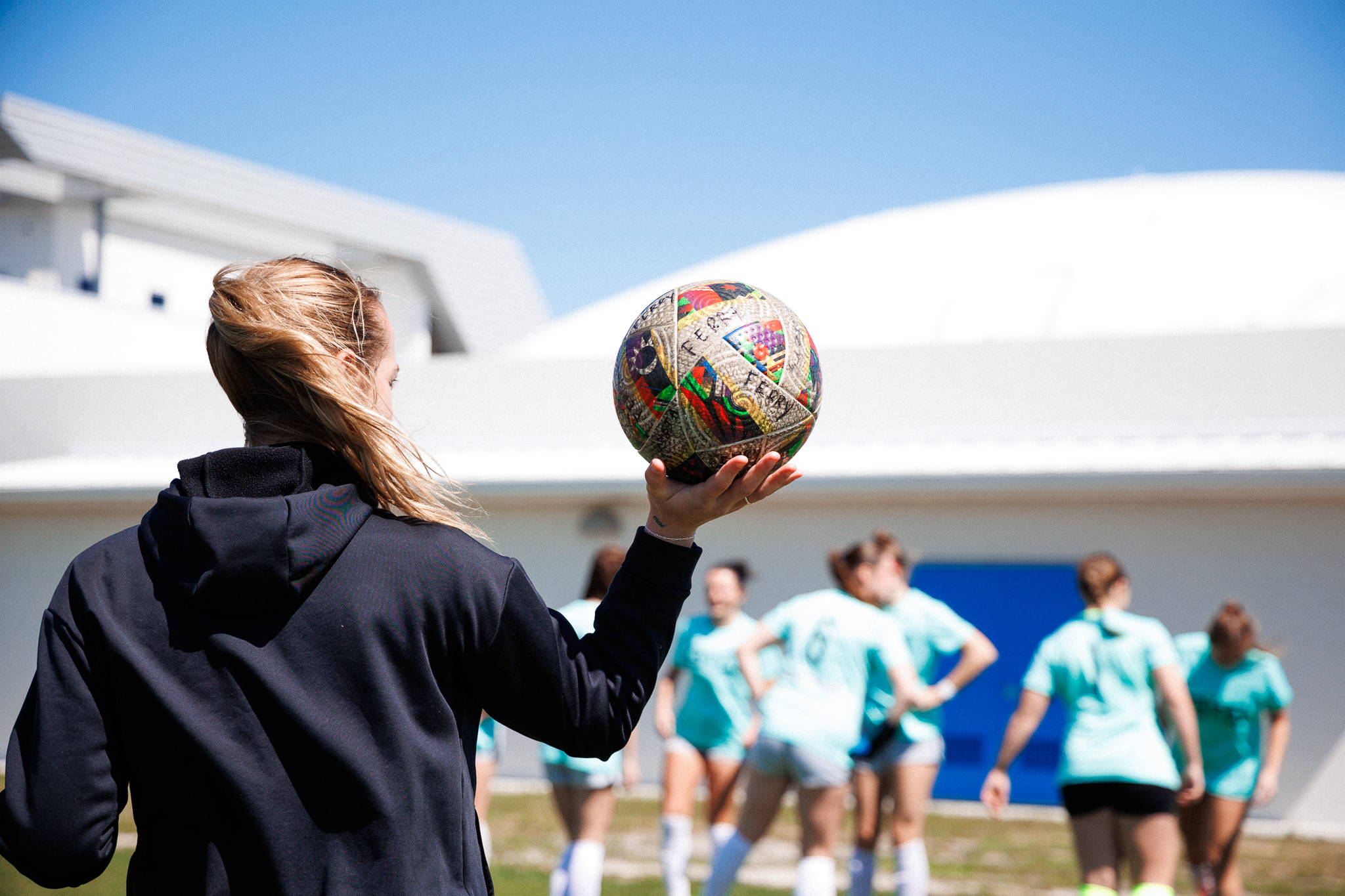Veo Cam 3: Q&A with Anton Husby, Head of Capture at Veo
Frederik Hvillum

Crafted for innovation and precision, the Veo Cam 3 marks a significant advancement in sports camera technology. Anton Husby, Head of Capture at Veo, delves into the inspiration and challenges behind its development, shedding light on what sets it apart from its predecessors.
From enhancing audio capabilities to optimizing video quality, every aspect of the Veo Cam 3 is meticulously designed to elevate the viewing experience for coaches, players, and fans alike.

Anton, the Veo Cam 3 is a significant leap forward in sports camera technology. Can you share more about the inspiration behind its development and what sets it apart from its predecessors?
Essentially, we decided to fix our customer’s needs within our concept. The Veo Cam 2 opened the category, and even though our customers love it, no product is perfect, and we identified a number of areas that needed more attention. As a result and with great engineering effort, we introduced Wind-noise filters for the microphone, elevated our optics, improved our wireless range temperature handling, and added 5G.
We decided that instead of building 16 new functionalities, we would perfect the ones our customers currently love and use. We wanted to make that one good screwdriver that does the job instead of a Swiss army knife with multiple half-built functionalities.
What were the biggest challenges when building the new Veo Cam 3?
Cooling the electronics is a very complicated challenge. If a customer uses the camera in, say, 45*C, the sun is up high, and there is no significant wind, the camera can get to around 55*C inside, and the lenses will begin to experience issues at 65*C.
When we turn on the camera and start pushing through two 4k streams (which is 10 billion data points per second), the camera quickly generates significant heat. All of this needs to be cooled. Our skilled team of engineers pulled it off and improved the camera’s tolerance by more than 10*C.

Live-streaming was a groundbreaking feature introduced with the Veo Cam 2. With the Veo Cam 3 being 5G ready, what opportunities does this open up for sports teams in terms of live-streaming their matches?
Live-streaming without dropouts is difficult, especially if you factor in that the fields teams play on can vary significantly. Then factor in that some countries have better coverage than others, different SIM card legislations, and different data providers.
Developing a solution that removes our customer’s worries is not trivial. They don’t need crazy upload speed to livestream, but it does need to be consistent. We chose an approach of optimising toward long-range 5G bands. This really paid off. In many tests we outperform mobile phones on link-stability.
The advancements in video quality, particularly the introduction of HDR and sharper lenses, sound impressive. How do these enhancements improve the viewing experience for coaches, players, and fans when analysing games or watching highlights?
Our main ‘product’ is the recording. Our AI analyses this, and our customers engage with it in many different ways. All the ‘products’ we give to our customers are affected by the quality of each recording and, more specifically, its optical and audio quality.
Improving the video quality can be done by scaling the encoding bitrate, but this would also increase the cost of the video file storage - so we wanted to find smart ways to improve the video quality without increasing the cost for our customers. Here, we worked on everything from HDR software development to the curvature of the glass elements in our lens to improving the raw material without increasing the cost for our customers.
Audio quality is often overlooked but crucial for capturing the atmosphere of a match. Could you elaborate on the improvements made to the Veo Cam 3's audio capabilities, especially regarding wind noise reduction?
The microphones were a different beast. Try picking up sound from 80 meters away, elevated 7m on a tripod, in a windy field - not even human ears can do that very well! All other microphones that have to work in windy conditions have a large hairy wig over them, but we were skeptical as to whether that would work for our customers in the rain and whether it could withstand general wear & tear.
We explored more than 30 different solutions. Everything from spirals to slow down the wind speed before hitting the microphone, to aerodynamic ear-shaped plastic covers. We built our own wind tunnel, mocked up every solution using our 3D printers, and put them to the test. This process took a couple of months of inventing new solutions, testing, and iterating. Ultimately, we landed on a very special type of foam in an acoustically optimised compartment - in front of both microphones.

Learn more about Veo Cam 3 here or watch the launch show here.




